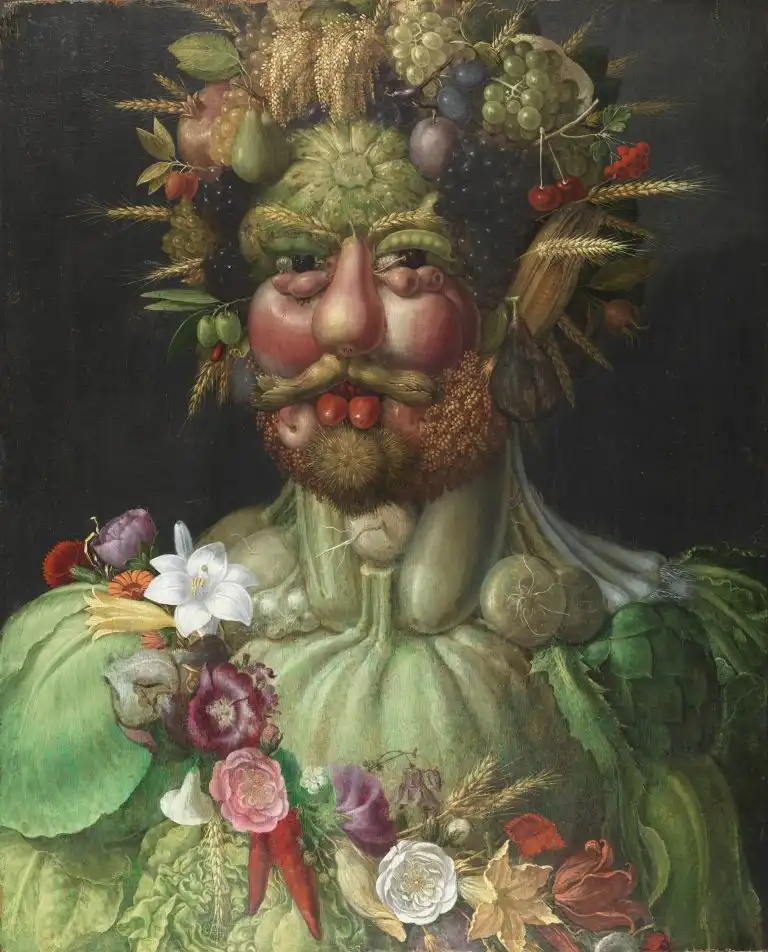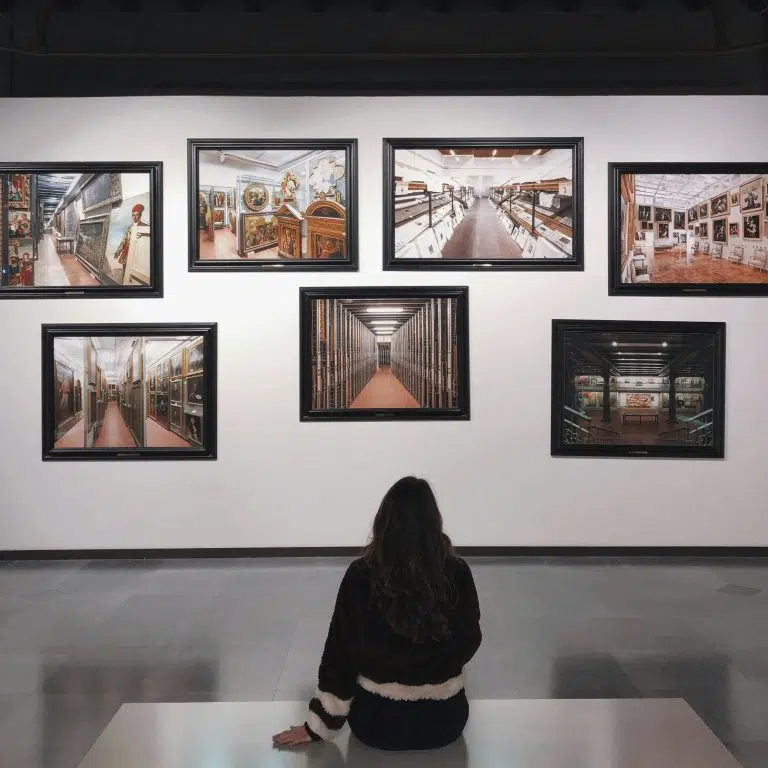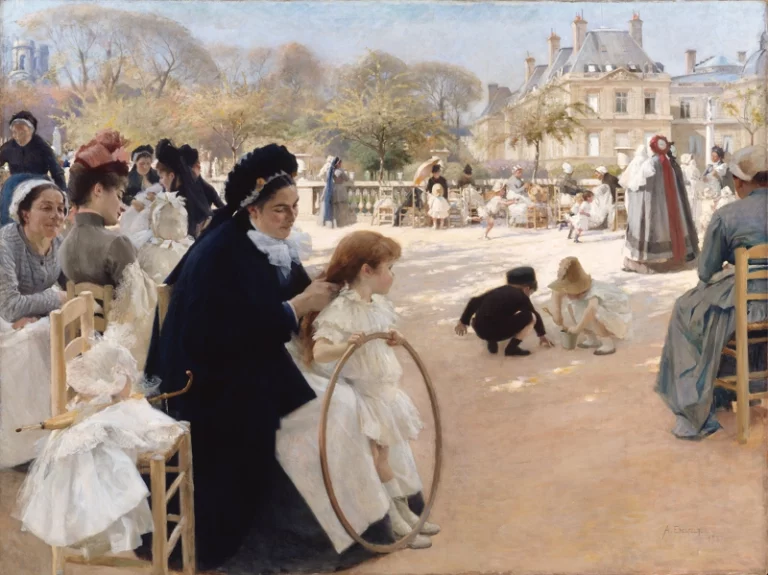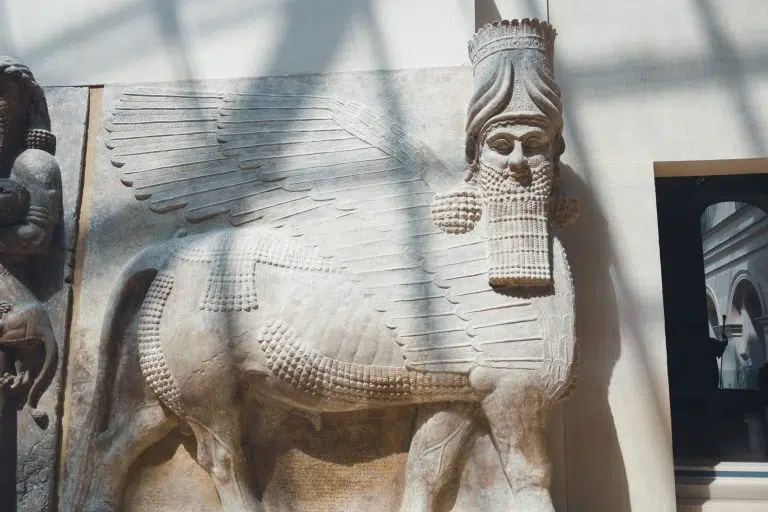Table of Contents
Period: 1527 – 1580
Characteristics: Art that breaks the rules, artificial over natural
Events: Sack of Rome (1527), the Council of Trent (1545 to 1563), the defeat of the Spanish Armada (1588)
Mannerism is a captivating period of European art that emerged in Italy during the late Renaissance era and continued through the early Baroque period, which spanned from the late 15th to the early 17th century. It originated in the artistic centres of Florence and Rome, and its influence spread throughout Europe, leaving a mark on the history of art.
Mannerism was shaped by many influences, mainly by the rediscovery of Ancient Greek and Roman art and literature that started during the Renaissance. It gave artists a rich source of inspiration, fueling their creative exploration. However, at the same time, Mannerism was defined by departure from the same classicism and naturalism that characterised the preceding Renaissance. Artists of this era ventured into uncharted territories, exploring new styles and forms to break away from the constraints of representing the world as faithfully as possible.
Mannerist artworks were characterised by intentional complexity, artificiality, and exaggeration. Elongated proportions, contorted poses, and elaborate ornamentation became hallmarks of Mannerist art, challenging the prevailing ideals of balance, harmony, and naturalism. There was a wide range of reactions to Mannerist art, varying from admiration and intellectual appreciation to criticism and disdain.
The early 16th century was a time of significant political and religious change in Europe. The Protestant Reformation, a challenge to the authority of the Catholic Church, sparked social and cultural upheaval. Concurrently, the Catholic Church initiated the Counter-Reformation to reassert its influence. These transformations and the resulting turmoil provided a fertile ground for Mannerist artists to explore themes of spirituality, individuality, and emotional expression.
Characteristics of Mannerism
One of the defining features of Mannerism was the elongation and contortion of figures. The artists distorted the proportions of the human body, creating exaggerated poses and elongated limbs. This celebrated the beauty of the human form in a heightened manner, evoking a sense of grace and elegance. The twisting limbs and exaggerated musculature demonstrated the artist’s skill in capturing the complexity and dynamism of the human body.
In addition to physically representing figures, Mannerist artists also focused on conveying profound emotions and individuality. Through their work, they delved into the depths of the human experience, exploring complex ideas and emotions. Symbolism and metaphors played a crucial role in Mannerist art, allowing artists to express abstract concepts and convey multiple layers of meaning, inviting viewers to a deeper connection with the art.
Mannerist art was not just dramatic and provocative but also revolutionary. Its focus on artificiality, excess, and emotional depth allowed artists to challenge traditional artistic norms and conventions unprecedentedly. By boldly breaking away from the established ideals of the Renaissance, Mannerism opened up new avenues for creative exploration and paved the way for developing subsequent artistic movements. Today, the distinctive characteristics of Mannerism continue to captivate viewers and inspire artists.
Mannerist Paintings
Bronzino’s Venus, Cupid, Folly and Time is one of the most famous examples of Mannerist paintings. It showcases the essence of this painting style through its stylised figures and symbolic elements that explore the themes of love and desire. The figures’ elongated limbs, elegant gestures, and graceful contours reflect the artist’s departure from traditional representations. The painting’s rich symbolism adds complexity and invites contemplation, drawing viewers into a visual narrative that extends beyond the surface.
Parmigianino’s Madonna with the Long Neck is another notable example of a Mannerist painting from the same period. This masterpiece challenged traditional depictions of the Madonna and Child, presenting elongated and contorted figures in a composition that delves deeply into spirituality and emotion. Parmigianino’s innovative approach subverts the expectations of harmonious proportions and idealised beauty, opting for a more provocative and introspective representation.
In the painting, Parmigianino’s Madonna stands in a contrapposto pose, her elongated figure conveying a sense of elegance and otherworldliness. The composition is intricate and thought-provoking, with the figures surrounded by angels and cherubs, creating a sense of movement and animation. The background, with its architectural elements and celestial landscape, adds depth and symbolism to the overall composition.
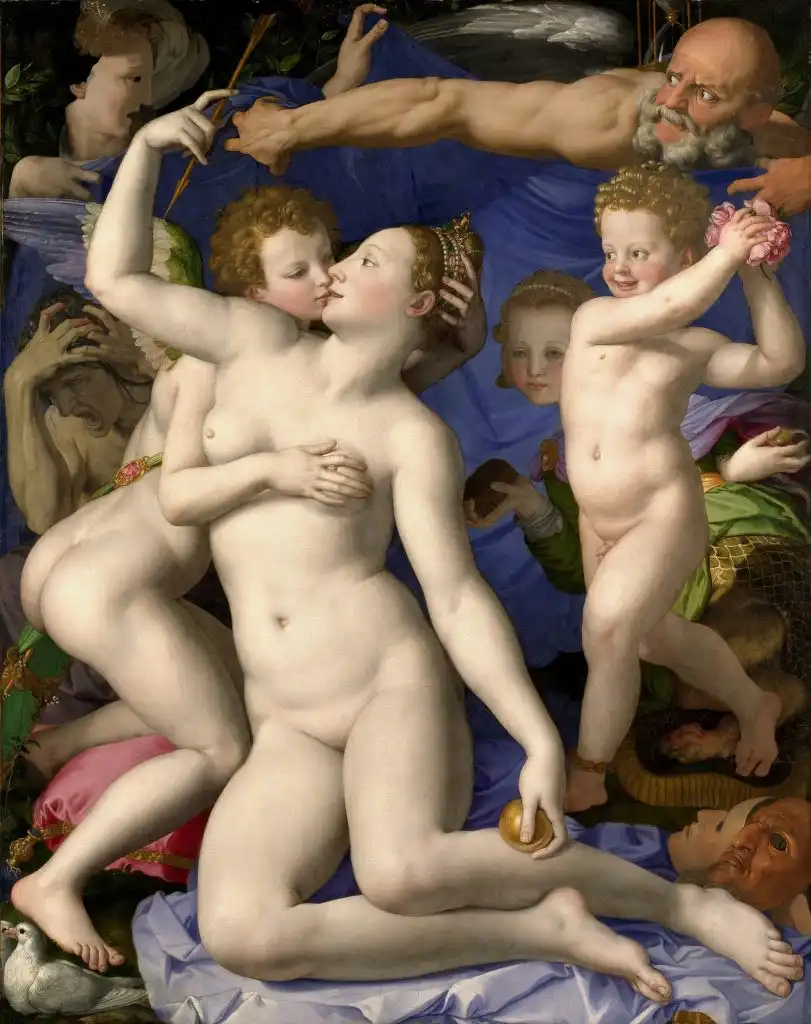
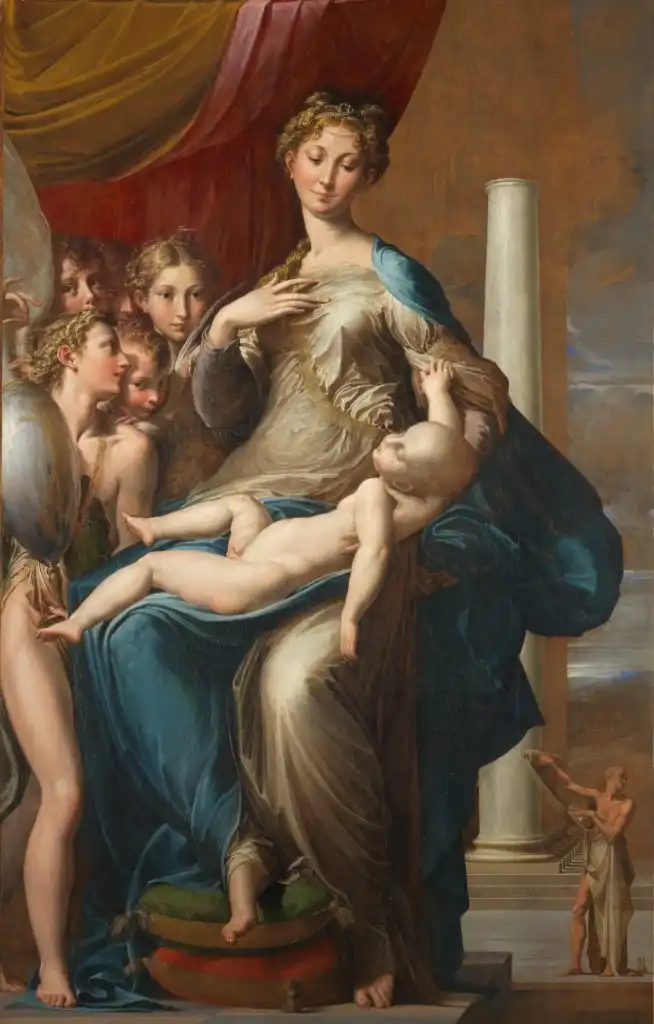
Mannerist Sculptures
In sculpture, Mannerism was seen as a shift towards a more complex and exaggerated style, characterised by elongated proportions, dynamic poses, and intricate details. Mannerist sculptors, aiming to evoke strong emotional responses from their viewers, created a profound connection between art and the audience. They often used allegory and mythology to explore love, death, and power themes, stirring deep feelings and contemplation. They also experimented with new techniques, such as multiple viewpoints, complex compositions, and the incorporation of negative space, further enhancing the emotional impact of their works.
Giambologna and Benvenuto Cellini, two of the most celebrated Mannerist sculptors, demonstrated their mastery of the style in their works. For instance, Giambologna’s Abduction of a Sabine Woman is a testament to his skill. The sculpture depicts the dramatic moment when Roman soldiers seized the Sabine women to use them as brides for their men. The three intertwined figures, with their twisting forms and dynamic movement, convey a sense of intense physical struggle and showcase Giambologna’s ability to bring life and emotion to stone.
Cellini’s Perseus with the Head of Medusa is a testament to the Mannerist style, showcasing the artist’s mastery in creating highly detailed and expressive figures. The sculpture, depicting the Greek hero Perseus holding Medusa’s severed head, is a study of dramatic tension. Perseus’s twisting pose and exaggerated musculature, along with the intricate details of Medusa’s head, create a sense of dynamic movement and emotional intensity.
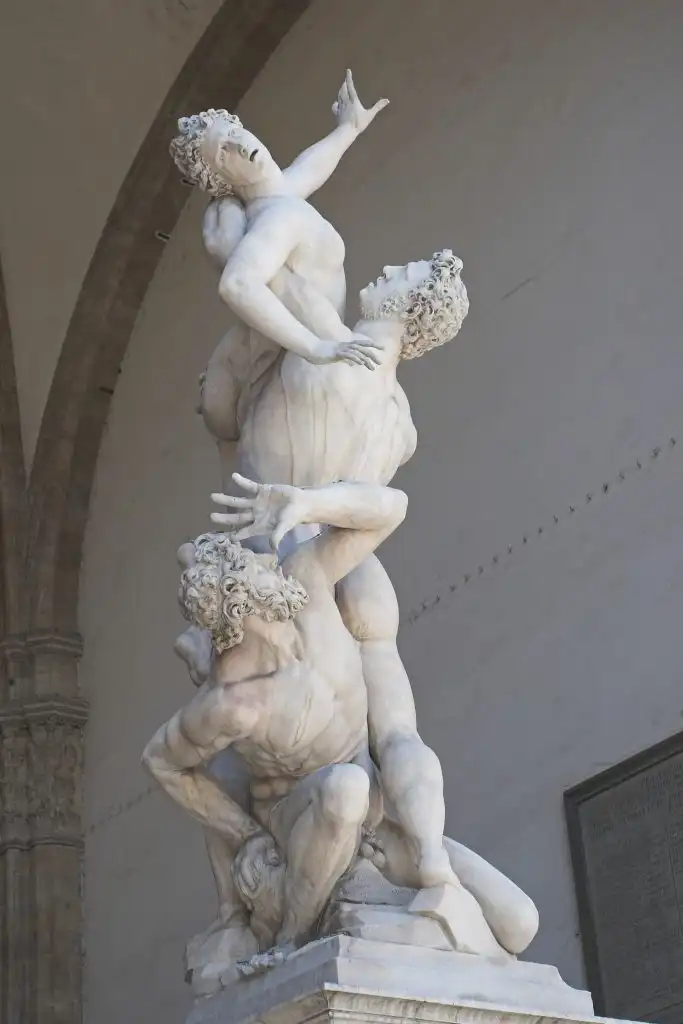

Mannerist Architecture
Mannerist architecture emerged in the late Renaissance and is known for its unconventional approach to traditional forms and conventions. It is characterised by exaggerated proportions, distortion of classical forms, and the use of unexpected elements such as twisted columns, broken pediments, and exaggerated keystones.
The Palazzo del Te in Mantua, Italy, is a striking example of Mannerist architecture. Constructed by the Italian architect Giulio Romano in the 16th century, it served as the residence of the Duke of Mantua. With its asymmetrical layout and surprising architectural features, this palace challenges traditional notions of balance and symmetry, inspiring awe and admiration.
Another famous example of Mannerist architecture is the Escorial in Madrid, Spain. This massive complex was built in the 16th century by the Spanish architect Juan de Herrera and served as a monastery, palace, and burial site for Spanish kings. The Escorial’s use of columns, arches, and geometric patterns creates a sense of grandeur and majesty. The building’s intricate detailing and decoration also reflect the Mannerist style’s attention to ornamental detail.
The interplay between light and shadow, the use of perspective, and the intricate detailing of both structures contribute to their overall impact, inviting viewers to contemplate their beauty and symbolism. Mannerist architecture, with its introduction of new possibilities for architectural expression, has left a lasting imprint on subsequent movements such as Baroque and Rococo, enlightening us about the evolution of architectural styles.
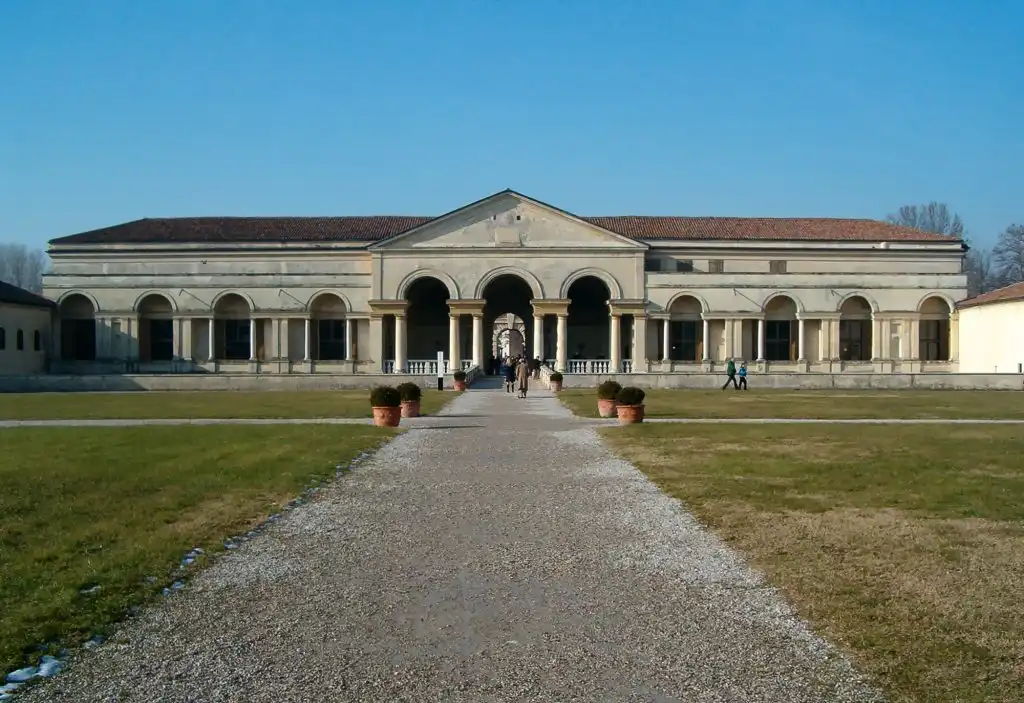

Conclusion
Mannerism, a significant period in European art and architecture history, was not just a departure from classical ideals during the late Renaissance and early Baroque period. It was a catalyst that shaped the expressive and emotional qualities of Mannerist paintings and the distinctive architectural features of Mannerist buildings. Its influence, often overlooked in the shadow of the Renaissance and Baroque periods, remains a pivotal and influential era that pushed the boundaries of artistic expression. Understanding Mannerism is crucial to comprehending the evolution of European art and architecture.

